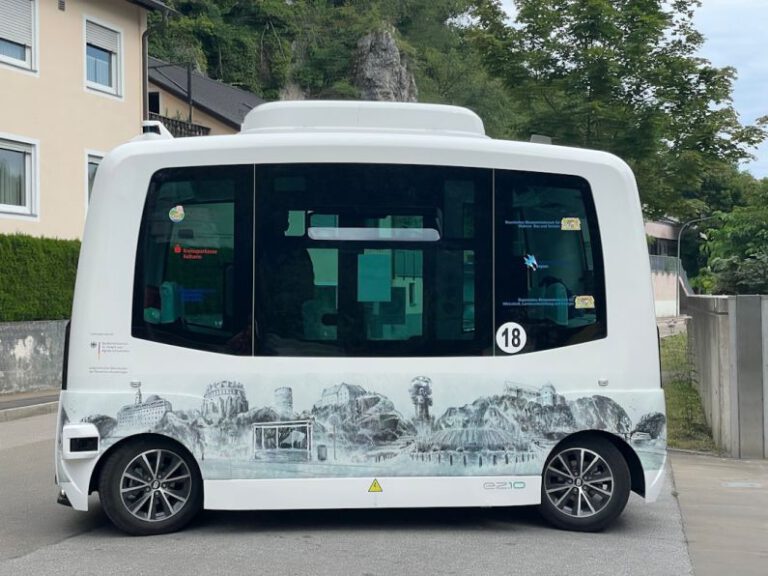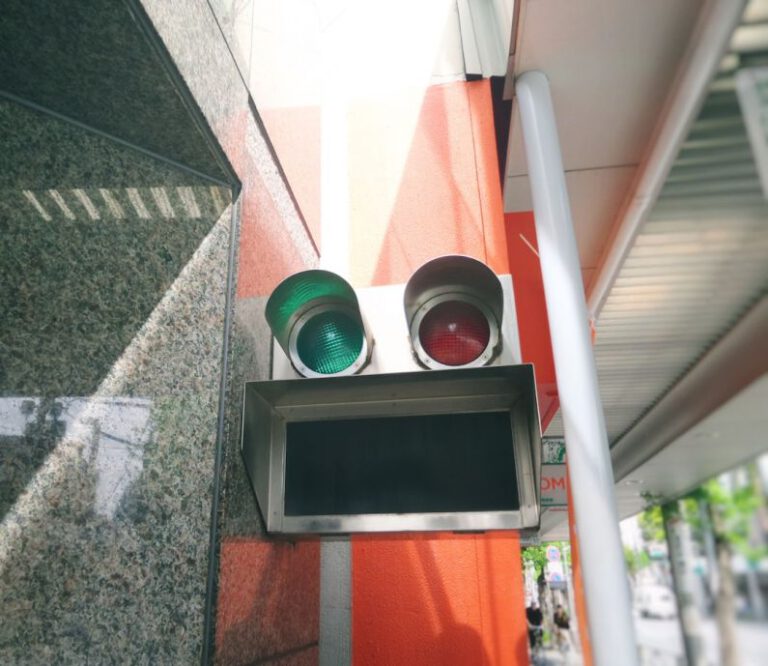The Green Grid: Sustainable Energy Solutions for Urban Areas
In today’s rapidly urbanizing world, the demand for energy in urban areas is higher than ever before. As cities grow and populations increase, the strain on traditional energy sources also intensifies. In the face of climate change and environmental degradation, the need for sustainable energy solutions has become increasingly urgent. One such solution that holds promise for meeting the energy needs of urban areas while reducing their environmental impact is the implementation of the Green Grid.
### The Green Grid: An Overview
The Green Grid is a concept that involves the integration of renewable energy sources, smart grid technologies, and energy-efficient practices to create a more sustainable energy infrastructure. By harnessing the power of renewable resources such as solar, wind, and geothermal energy, the Green Grid aims to reduce reliance on fossil fuels and lower carbon emissions. Smart grid technologies play a crucial role in optimizing energy distribution and consumption, enabling more efficient energy management in urban areas. Additionally, promoting energy-efficient practices among residents and businesses further enhances the sustainability of the grid.
### Benefits of the Green Grid
One of the key advantages of the Green Grid is its environmental impact. By shifting towards renewable energy sources, urban areas can significantly reduce their carbon footprint and contribute to mitigating climate change. The use of smart grid technologies also improves the overall efficiency of energy distribution, leading to lower energy wastage and decreased reliance on non-renewable resources. Furthermore, energy-efficient practices not only help to conserve energy but also result in cost savings for both consumers and utility providers.
### Implementation Challenges
While the concept of the Green Grid holds great potential, its implementation is not without challenges. One of the primary obstacles is the upfront cost associated with transitioning to renewable energy sources and upgrading existing infrastructure to accommodate smart grid technologies. Additionally, regulatory barriers and lack of public awareness can impede progress in adopting sustainable energy solutions in urban areas. Overcoming these challenges requires collaboration between government entities, utility providers, and the community to develop policies and initiatives that support the transition to a more sustainable energy system.
### Case Studies
Several cities around the world have already made significant strides in implementing the Green Grid. Copenhagen, Denmark, for example, has set ambitious targets to become carbon-neutral by 2025 through investments in renewable energy and energy efficiency measures. The city has integrated district heating systems powered by waste incineration and biomass, reducing its reliance on fossil fuels for heating. Similarly, San Francisco, California, has implemented initiatives to promote solar energy adoption among residents and businesses, contributing to the city’s goal of achieving 100% renewable energy by 2030.
### The Future of Sustainable Energy in Urban Areas
As urban populations continue to grow, the importance of sustainable energy solutions will only increase. The Green Grid offers a holistic approach to addressing the energy needs of urban areas while minimizing their environmental impact. By leveraging renewable energy sources, smart grid technologies, and energy-efficient practices, cities can pave the way towards a more sustainable future. Collaboration between stakeholders, investment in infrastructure, and public engagement are key to realizing the full potential of the Green Grid and creating greener, more resilient urban environments.






